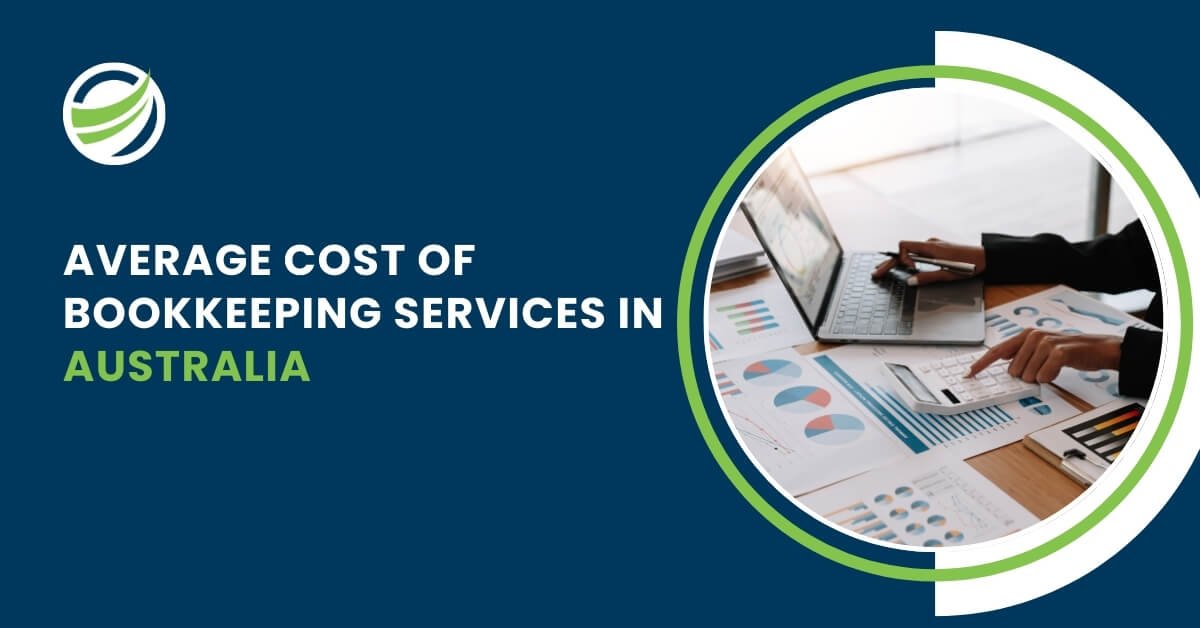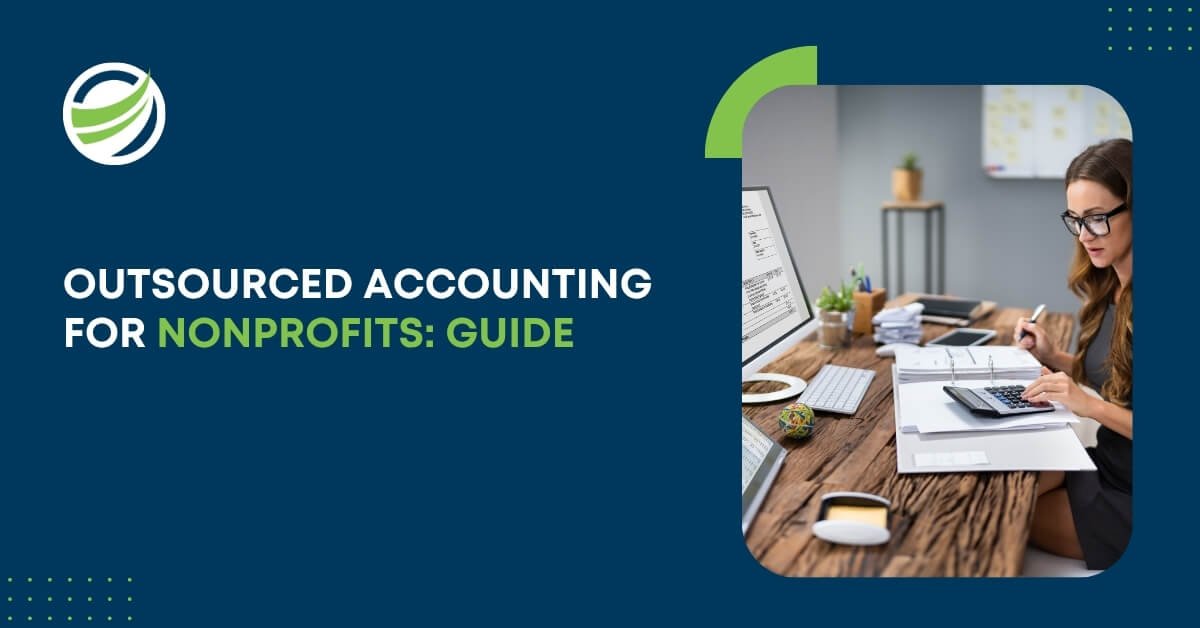
Cash Flow Forecasting Techniques: Complete Guide 2025
- Aesha Shah
- August 22, 2025
- 7 minutes
Cash flow forecasting is a cornerstone of strategic financial management for businesses of all sizes. Effective cash flow forecasting techniques help organizations anticipate future cash inflows and outflows, make informed financial decisions, and maintain liquidity. Many companies enhance accuracy and efficiency by leveraging outsourced smsf accounting services to support cash flow forecasting and reporting.
Accurate projections allow companies to plan for upcoming capital needs, avoid unexpected shortages, and align operations with long-term growth. Understanding why cash flow forecasting is important can transform reactive management into proactive financial planning.
This guide outlines the different types and methods of cash flow forecasting, highlights the key components, and shares practical steps to improve financial management.
Featuring examples like a cash flow projection sample and guidance on choosing the right cash flow forecasting model, it provides a comprehensive framework for businesses, both large and small, to navigate uncertainties and ensure operational stability in 2025.
What is Cash Flow Forecasting?
Cash flow forecasting enables businesses to anticipate future cash inflows and outflows, helping them prevent liquidity shortages and seize opportunities when surplus funds are available.
By providing a proactive view of the company’s financial position, it allows organizations to plan for significant upcoming expenditures and maintain a stable, balanced cash flow.
Cash flow forecasting can involve different types and approaches, which may sometimes be complex for businesses to navigate. Seeking guidance from an accounting professional can ensure accuracy and efficiency in preparing forecasts.
With a clear understanding of how to forecast cash flow, companies can strengthen their financial planning and make informed strategic decisions.

Types of Cash Flow Forecasting
Cash flow forecasting varies depending on a company’s size, objectives, management model, and investment needs. Businesses can choose the type that best aligns with their financial goals:
1. Short-term Cash Flow Forecasting
- Covers up to three months (commonly a 12-week cash flow forecast).
- Focuses on current cash requirements and day-to-day operations.
- Ensures enough liquidity to cover short-term obligations like payroll, rent, and utilities.
- Allows businesses to identify urgent shortfalls and take corrective action.
2. Medium-term Cash Flow Forecasting
- Spans three months to one year, ideal for quarterly or annual financial planning.
- Estimates cash needs for new projects, seasonal changes, and business expansions.
- Helps identify patterns or potential issues, enabling strategic financial adjustments while maintaining stability.
3. Long-term Cash Flow Forecasting
- Projects cash flow beyond one year, offering insight into long-term financial health.
- Supports major business decisions such as investments, expansions, or securing capital.
- Allows businesses to plan for sustainable growth and anticipate future financial opportunities or challenges
Cash Flow Forecasting Methods
Accurate cash flow forecasting methods enable businesses to sustain liquidity and make smarter financial decisions. The choice of method depends on the forecast’s time frame, data type, and objectives:
- Direct Cash Flow Forecasting
- Focuses on expected cash receipts and payments based on actual transactions.
- Provides an accurate view of cash movements, ideal for businesses requiring precise short-term forecasts.
- Indirect Cash Flow Forecasting
- Starts from net income, then adds back non-cash items to estimate true cash flow.
- Offers a broader perspective on financial position and is faster than the direct method, though some estimates may differ.
- Rolling Cash Flow Forecasting
- Continuously updates forecasts as each period concludes, generating new projections regularly.
- Allows businesses to adapt to real-time changes, enhancing accuracy and flexibility.
- Zero-Based Cash Flow Forecasting
- Builds each forecast from zero, ignoring previous reports.
- Ensures independent evaluation for each period, providing an objective view of future cash needs and supporting better resource allocation.
- Driver-Based Cash Flow Forecasting
- Uses operational drivers such as sales volume, customer acquisition, and production rates to project cash flow.
- Helps predict the impact of different scenarios and supports holistic financial planning.
- Project-Based Cash Flow Forecasting
- Focuses on cash inflows and outflows from specific projects.
- Ideal for industries like construction or software development, where each project has unique cash flow characteristic.
- Activity-Based Cash Flow Forecasting
- Projects cash flow tied to particular business activities or units.
- Effective for organizations with multiple income streams or diverse divisions.
- Bottom-Up Cash Flow Forecasting
- Each department or operational unit estimates its expected cash flow, which is then aggregated.
- Provides detailed, granular insights into the company’s overall financial outlook.
- Top-Down Cash Flow Forecasting
- Starts with a general cash flow scenario for the organization, then allocates it across departments or units.
- Offers a high-level perspective for quick assessment of overall cash flow.

Key Elements to Consider in Cash Flow Forecasting
- Opening Cash Balance
The opening cash balance represents the funds available at the start of the forecasting period, including bank balances and cash on hand. This starting point forms the foundation for estimating future cash movements and provides clarity on the organization’s liquidity position. - Cash Inflow
Cash inflows include all expected receipts during the forecast period, such as sales revenue, loans, investments, or other income sources. Accurate estimation of inflows allows businesses to plan for expenses and investments effectively while considering market trends and seasonal variations. - Cash Outflow
Cash outflows cover all payments the business expects to make during the period, including wages, vendor payments, rent, utilities, loan repayments, and other operational costs. Proper forecasting of outflows helps prevent liquidity shortages and ensures that the company can meet its financial obligations on time. - Cash Flow Forecast Analysis
Analyzing the projected cash flow enables businesses to identify potential shortfalls or surpluses and take timely action. This evaluation is crucial for maintaining financial stability, optimizing resource allocation, and ensuring the accuracy of the cash flow projection.
Vendor Payment Terms
Effectively managing vendor payment terms is crucial for maintaining a healthy cash flow projection and avoiding liquidity gaps. Using accurate cash flow forecasting methods and professional services provides actionable insights, improves precision, and helps businesses plan for sustainable growth while staying prepared for financial challenges. Partnering with payroll outsourcing companies allows businesses to integrate payroll data seamlessly into cash flow forecasts, enhancing accuracy and planning.
The Importance of a 12-Week Cash Flow Forecast
A 12-week cash flow forecast offers short-term financial clarity, helping businesses spot potential cash shortages or surpluses and take timely action. It supports smarter decisions around expenses, investments, and payments, ensuring obligations are met seamlessly.
Regular updates allow companies to adapt quickly to changing market conditions, reduce financial risks, and maintain stakeholder confidence. This forecast is an essential tool for stability and strategic growth.
How to Create a 12-Week Cash Flow Forecast
- Prepare Your Forecast Framework
- Create a spreadsheet using Excel or Google Sheets.
- Label columns for each of the 12 weeks.
- Include rows for beginning cash balance, cash inflows, cash outflows, and ending cash balance.
- Determine Your Starting Cash
- Takes the current cash on hand as the starting figure.
- This balance will carry forward weekly as inflows and outflows are calculated.
- Project Weekly Cash Receipts
- Include expected income from sales, customer payments, and other sources such as grants, investments, or loans.
- Base projections on historical trends and market conditions.
- Estimate Weekly Cash Payments
- Account for operational expenses like salaries, rent, utilities, and supplies.
- Include variable costs, debt repayments, and one-time or seasonal expenditures.
- Allocate payments to the appropriate weeks accurately.
- Calculate Weekly Net Cash Flow
- Subtract total cash outflows from total inflows.
- Net Cash Flow is calculated by subtracting total outflows from total inflows.
- Compute Ending Cash Balance
- Add the calculated net cash flow to the starting balance for each week.
- Formula: Ending Cash Balance = Beginning Cash Balance + Net Cash Flow
- This ending balance becomes the starting balance for the following week.
- Review for Cash Gaps
- Identify weeks with low or negative cash balances.
- Adjust expenses, renegotiate vendor terms, or plan for additional financing as needed.
- Update and Monitor Regularly
- Continuously update the forecast to reflect changes in inflows and outflows.
- Ensures an accurate small business cash flow projection or projected cash flow statement, supporting informed financial planning.
Enhancing Cash Flow Forecasting Through Outsourcing
Outsourcing cash flow forecasting can give businesses a strategic edge. Partnering with experts provides access to advanced cash flow forecasting techniques, delivering more accurate and reliable projections.
External expertise helps identify trends, patterns, and potential cash shortfalls before they occur, supporting informed decisions on investments, hiring, or expansion.
Additionally, outsourcing frees internal resources, allowing teams to focus on core operations while professionals handle complex forecasting. This approach ensures liquidity, prevents disruptions, and supports sustainable growth.
Conclusion
Understanding why is cash flow forecasting important is crucial for businesses to gain a clear view of their financial position. It allows for smarter decisions on investments, resource allocation, and operational planning, helping companies stay prepared for both opportunities and challenges.
Partnering with experienced offshore accounting professionals and leveraging advanced cash flow forecasting techniques ensures accurate and reliable projections. This approach enables businesses to support growth, prevent shortfalls, and sustain long-term stability.








